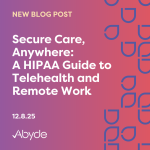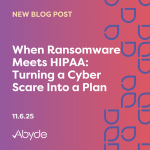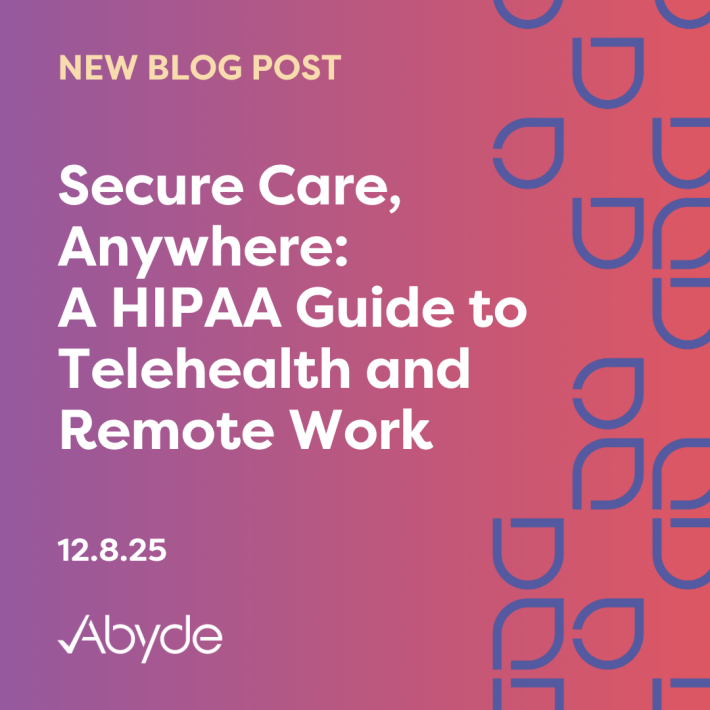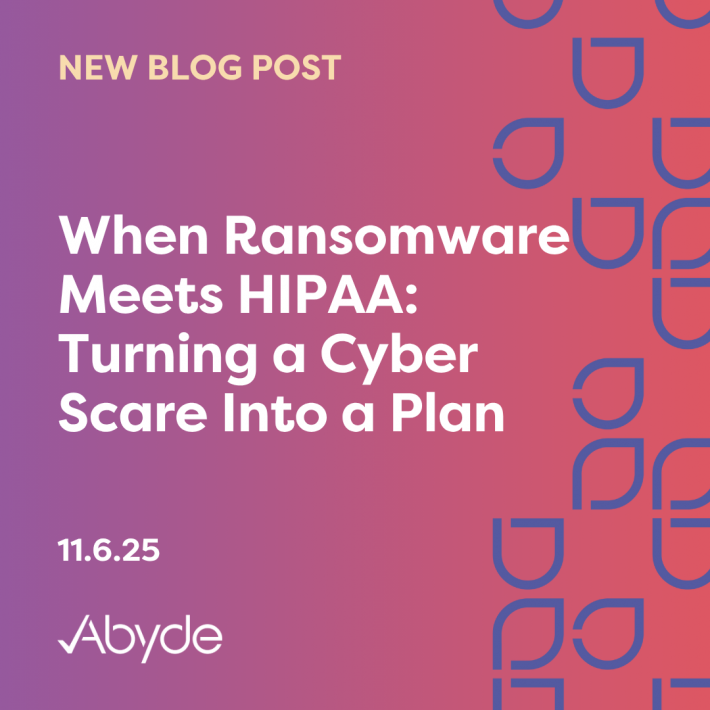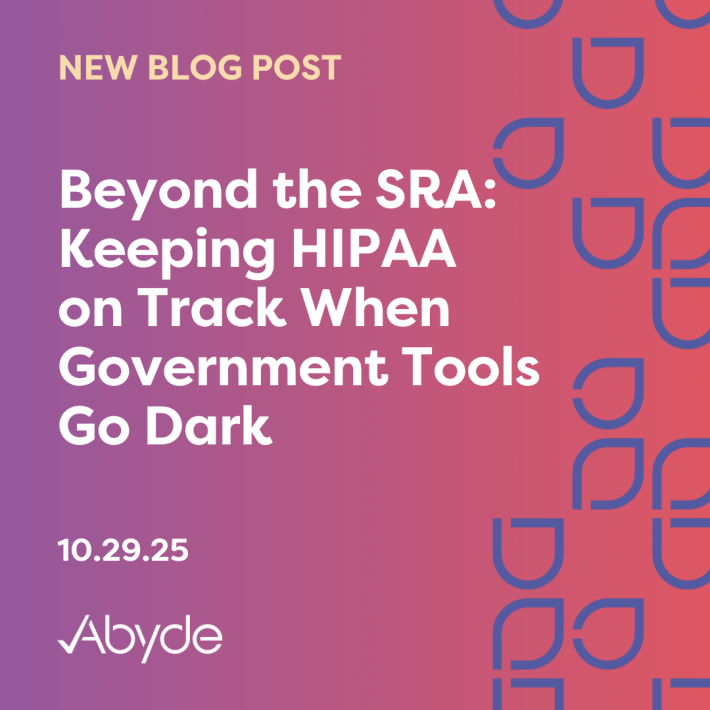February 24, 2025
Welcome to the third installment of Abyde’s HIPAA Investigation Survival Series. We’ve reviewed the initial breach and the letter itself, and now we will review those steps you need to take when organizing documentation to send back to the OCR.
As discussed in our last blog post, you must start organizing documentation immediately after receiving an investigation letter. Since the turnaround is usually 30 days, it’s important to have documentation sent promptly to your investigator.
Proper organization of documents is essential for a successful practice.
How Should I Organize Documentation?
The OCR will specify the documentation required in the initial investigation letter. For instance, if your practice experienced a ransomware attack, the OCR will likely ask specific questions about your practice’s cybersecurity safeguards.
This response can be sent either through traditional mail or by email. If using email, ensure that the email is properly encrypted if any Protected Health Information (PHI) is mentioned.
When responding to the OCR, being thorough and specific is crucial. The OCR expects you to provide relevant policies, procedures, your practice’s Security Risk Analysis (SRA), and other important documentation. Having this documentation readily available for your practice is essential. With only 30 days or less, you don’t have time to scramble.
There isn’t an exact number of questions the OCR will ask about your practice. It all depends on what information the OCR currently has about your practice.
As investigation documentation will likely span hundreds of pages, providing an index and table of contents is vital. Organize your documentation by ensuring it directly answers the specific question being asked. When compiling documentation, reference the question to maintain organization. The pages should also be numbered and match the index provided at the beginning of the response.
If you have questions when organizing documentation, you can contact your investigator. Working with a third party, such as a HIPAA software solution provider or a lawyer, who has experience navigating an investigation is also recommended.
Lastly, review your documentation carefully, ensuring all questions have been comprehensively answered. Then, send in the requested documentation to your HIPAA investigator with your OCR case number labeled appropriately.
What’s Next?
After the initial submission, the OCR might ask for additional information. That’s why answering questions thoroughly is vital to streamlining the investigation process. It could take months before the OCR responds. Once all necessary documentation is received, the OCR may close its investigation. Your practice could be found compliant or face monetary penalties and government monitoring.
The need to quickly gather and organize documentation during an investigation highlights the importance of proactive document management. Easy access to documentation promotes a transparent culture of compliance within your practice. This organization also reduces stress in stressful situations, such as investigations.
By utilizing an intelligent software solution, your practice can organize all documentation within the software, easily downloading and compiling all required documents for an investigation. Software solutions can also include incident response programs, providing healthcare practices with expert guidance when navigating a HIPAA investigation.
To learn more about how your practice can ace an investigation, schedule a consultation with one of our experts today.
To visit our first installment of this series, which is focused on the breach, please visit here, and to learn more about the audit letter, visit here. To finish the series, learn more about the potential outcomes of an investigation here.
